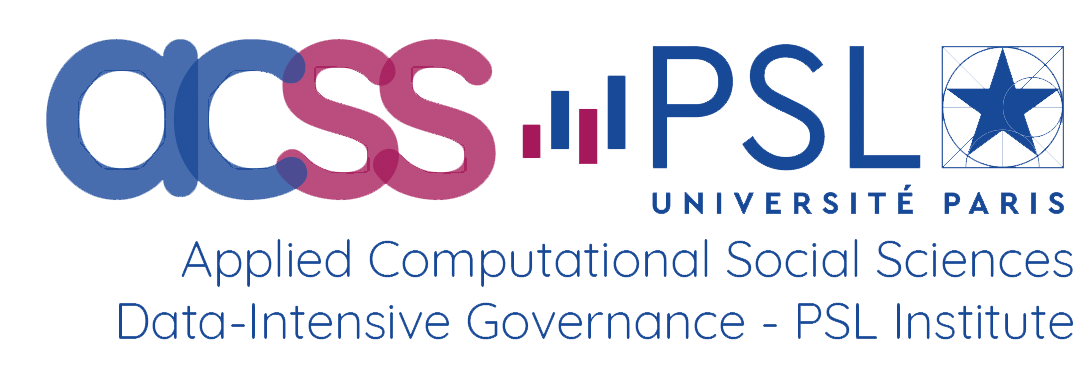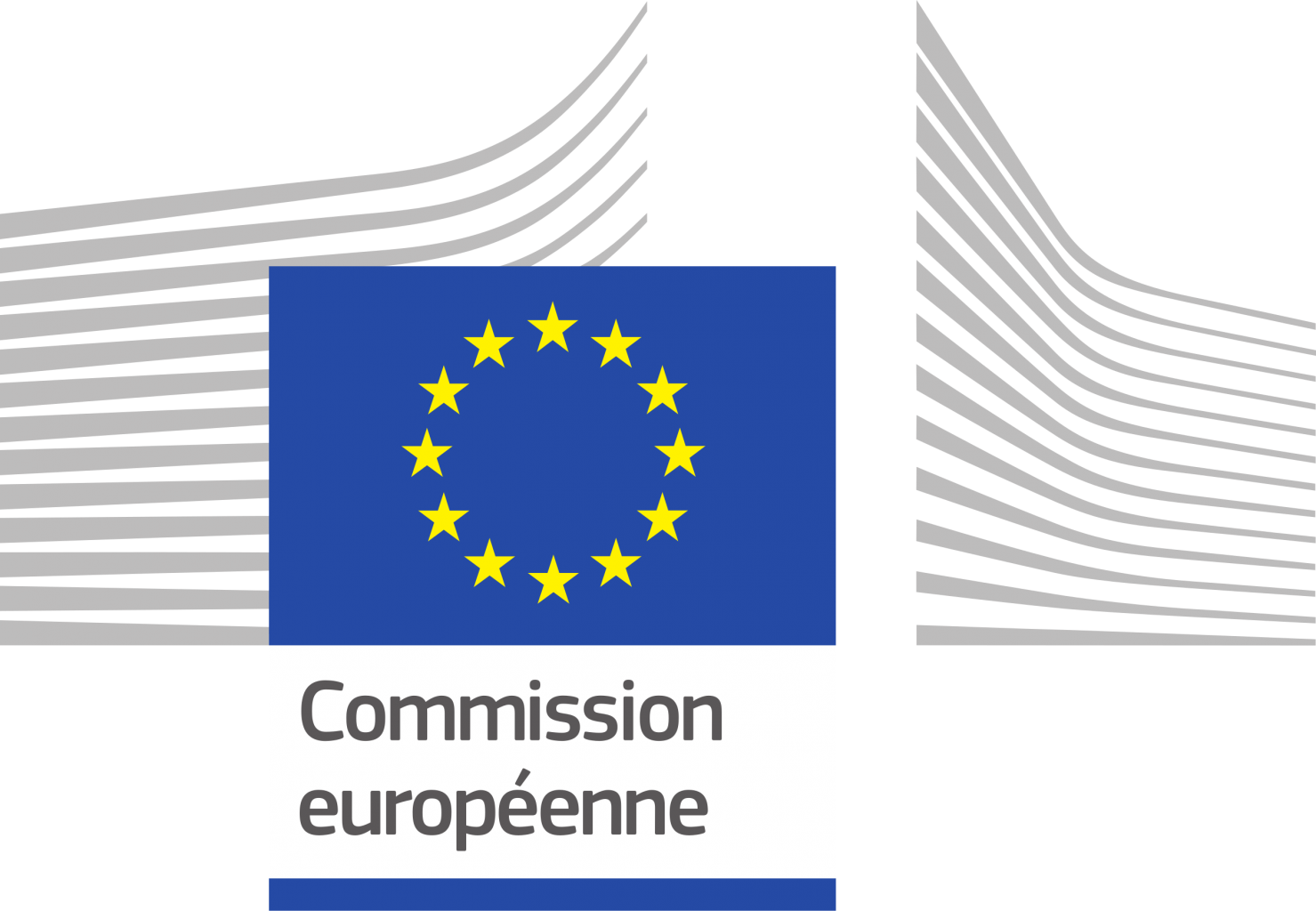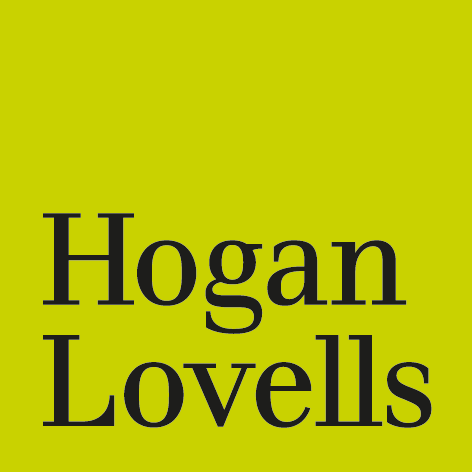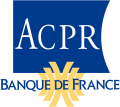
|
| , - |
|
| online |
" Hospital Competition in the National Health Service: Evidence from a Patient Choice Reform "
We study the impact of exposing hospitals in a National Health Service (NHS) to non-price competition by exploiting a patient choice reform in Norway in 2001. The reform facilitates a difference-in-difference approach due to exogenous (geographical) variation in pre-reform market structure. Employing rich, administrative data, covering the universe of NHS admissions from 1998 to 2005, we estimate hospital and treatment (DRG) fixed-effect models using emergency outcomes to limit patient selection issues. A highly robust and significant result is that hospitals in more competitive areas have a substantially sharper reduction in AMI mortality after the reform. We also find that exposure to competition tends to reduce overall hospital mortality, reduce length of stay, but increase readmission rates, though the effects are fairly small in magnitude. The negative effect on readmissions is almost reversed when the regulated (DRG) prices are higher. Finally, competition appears to reduce waiting times and increase admissions, but these outcomes involve elective treatments, so the effects must be interpreted with care.
You can join this academic seminar online by clicking on the link below when it's starting:


























